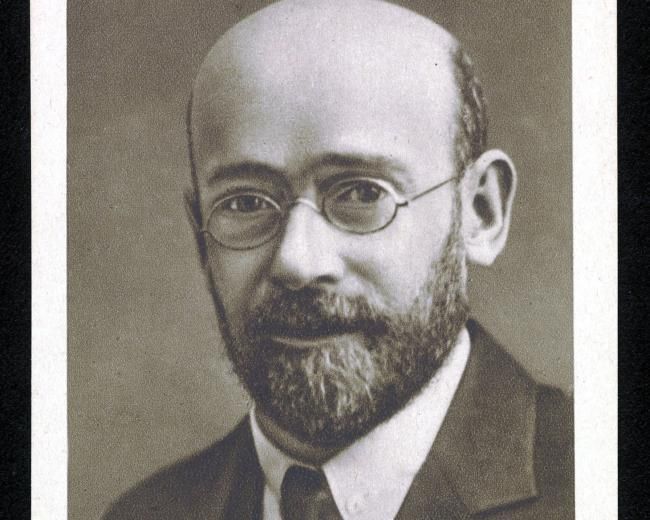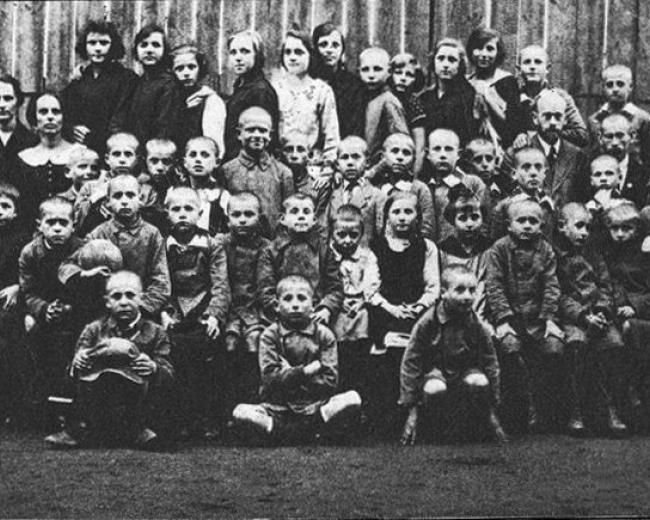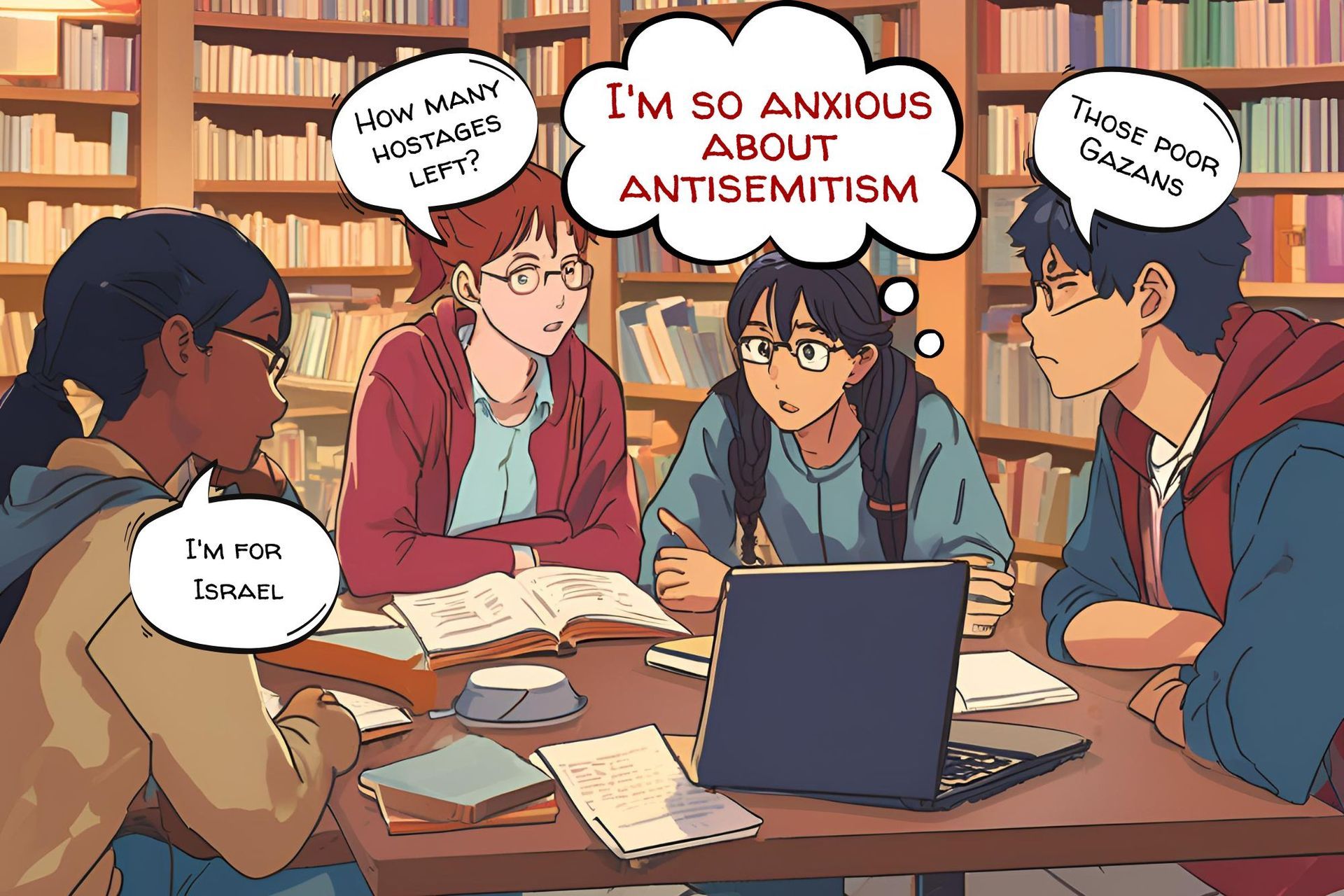By Dr. Theresa Newell
Born July 22, 1878 in Warsaw into a liberal Jewish family, Henryk Goldszmit, a Polish pediatrician, educator, author and above all the caregiver of children, took the pen name Janusz Korczak when he published his first book in his late teens. His father, Józef Goldszmit, was a prominent lawyer who died when his gifted son was in his late teens. Korczak went to work to help support the family while he completed medical school. Even though raised in a middle-class family, Korczak observed and showed concern for street children from his earliest days.
By Dr. Theresa Newell
Born July 22, 1878 in Warsaw into a liberal Jewish family, Henryk Goldszmit, a Polish pediatrician, educator, author and above all the caregiver of children, took the pen name Janusz Korczak when he published his first book in his late teens. His father, Józef Goldszmit, was a prominent lawyer who died when his gifted son was in his late teens. Korczak went to work to help support the family while he completed medical school. Even though raised in a middle-class family, Korczak observed and showed concern for street children from his earliest days.





